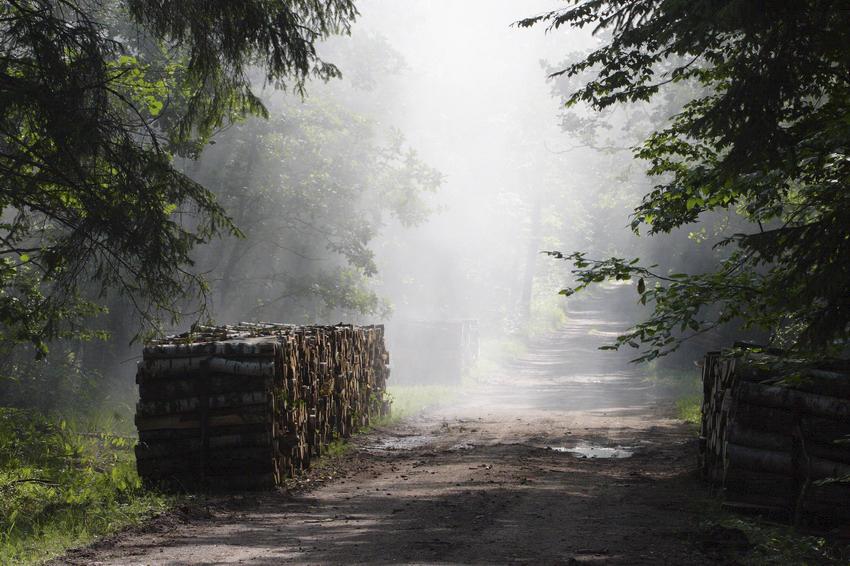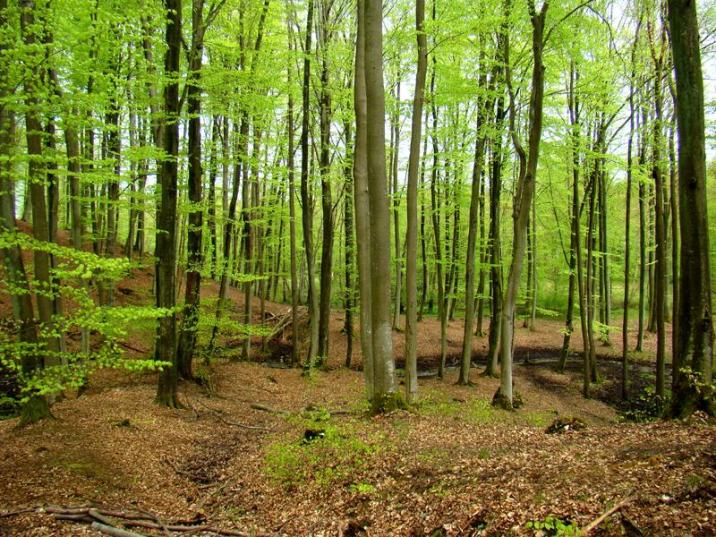 Asset Publisher
Asset Publisher
The State Forests National Forest Holding
The State Forests National Forest Holding is the largest organisation in the European Union managing forests, which belong to the State Treasury and celebrating its 90 anniversary this year.
Presently, we manage the area of one third of Poland's territory. Not long after the end of the Second World War, there was only 21 % of the area. Every year we plant 500 million of new trees, as we want Polish forests grow all the time.
Every year Polish foresters plant 500 million of trees.
85 % of nature reserves in Poland are located within the State Forests. 40 % of the forests managed by General Directorate of the State Forests are protected within the framework of European network Natura 2000. We fight against many threats: natural disasters, plaques of insects, trees' diseases, fires, pollutions, as well as poaching and vandalism.
We take care the forestry supplying the market with timber, as ecological and universal material, to be carried on in accordance with rules of balanced development (photography P.Fabjański).
One of our major tasks is making forests accessible to the society. We invite you to take advantage of these beautifully located within the forest wilderness holiday resorts, forester's lodges or guest rooms. That is for you, we create thousand kilometres of hiking trails, cycling paths or camping sites. All the above mentioned, you can find in service www.czaswlas.pl.
We also take care the forestry supplying the market with timber, as ecological and universal material, to be carried on in accordance with rules of balanced development. We obtain over 30 million of cubic meters of wood annually, twice as much as at the beginning of the nineties of the XX century.
Despite of this, the average of wood abundance per hectare of our forests is one fourth bigger than 20 years ago and 40% bigger than the average of European Union currently amounts.
In Poland in sectors connected with the forestry, there work about 375 thousand of people. It means that each 40 working Pole works in the forest.
In Poland in sectors connected with the forestry, there work about 375 thousand of people. It means that each 40 working Pole works in the forest. The sector of wood processing works out approximately 8 % of our GDP (Gross Domestic Product). Among others, thanks to the timber from the State Forests Poland is the 10 largest producer of furniture in the world, and the 4 largest furniture exporter.
The State Forests employ 25 thousand people. That way we are the 9 biggest employer in Poland. Among the largest companies in our country it takes 22 place in respect of its incomes and 11 place in respect of its profits. The value of assets, we manage, reaches 300 million zl. If we add social values, it will be worth one billion zlotych. We do not use money from the budget, but we earn money on our own to support the business. In spite of the financial crisis, since 2002, we continuously note down profits. Moreover, we pay taxes amounting 1,3 billion zl annually.
87 % of Poles think, the foresters are competent. We willingly share our knowledge of Polish forests, of their history and of nature values with the others. We publish books, periodicals, brochures; we also administer the website www.lasy.gov.pl . For children, the youth and teachers, we prepared internet service "E-lynx' Lynx Forest" (www.erys.pl). Our staff has supported schools in field of nature education for years. We also organise many actions to let people broaden their knowledge about forest, nature and ecology.
 Asset Publisher
Asset Publisher
 Asset Publisher
Asset Publisher
Międzynarodowy Dzień Lasów
Międzynarodowy Dzień Lasów
21 marca Zgromadzenie Narodowe ONZ ustanowiło Międzynarodowym Dniem Lasów. To także początek wiosny – czas przebudzenia się do życia przyrody i wielkiego symbolicznego zaproszenia społeczeństwa do polskich lasów. „Lasy Państwowe. Zapraszamy” pod takim hasłem Lasy Państwowe przypominają, że lasy w Polsce są otwarte i dostępne dla wszystkich.
Polska jest w europejskiej czołówce pod względem powierzchni lasów. Zajmują one 29,2 proc. terytorium kraju, rosną na obszarze 9,1 mln ha. Zdecydowana większość to lasy państwowe, z czego prawie 7,6 mln ha zarządzanych jest przez PGL LP. Te są dostępne dla wszystkich przez cały rok.
- Polskie lasy są zdrowe i piękne, wiele tracimy nie odwiedzając ich, a są przecież na wyciągnięcie ręki. Warto wiedzieć, że powierzchnia lasów w Polsce wciąż się zwiększa. Na przestrzeni 68 lat udało nam się zwiększyć lesistość kraju z 21 proc. w roku 1945 do 29,2 proc. obecnie. Od 1995 do 2012 roku posadzono 33 tys. ha lasów – przypomina Adam Wasiak, dyrektor generalny Lasów Państwowych.
21 marca leśnicy z całego świata będą również informować o znaczeniu lasów dla życia każdego człowieka. Jak wylicza ONZ, od lasów uzależniony jest byt 1,6 mld ludzi na świecie oraz istotna część globalnej gospodarki (wartość rynku produktów leśnych przekracza 300 mld dolarów rocznie). Są one domem dla 80 proc. gatunków roślin i zwierząt (w Polsce w środowisku leśnym występuje aż 32 tys. gatunków flory i fauny, czyli 65 proc. wszystkich u nas spotykanych). Lasy pełnią ważną funkcję „pochłaniacza" dwutlenku węgla (np. drzewa w polskich lasach mogą zmagazynować łącznie aż 900 mln ton węgla). Co roku leśnicy w Polsce sadzą 500 mln nowych drzew. Ciekawostką jest, że młode drzewa pochłaniają znacznie więcej CO2 niż stare. Najstarsze, ulegające rozpadowi, wydzielają ten gaz do atmosfery. Lasy zatrzymują też wodę, przeciwdziałając powodziom (tylko dzięki realizowanemu przez Lasy Państwowe programowi tzw. małej retencji lasy na terenach nizinnych zmagazynują ok. 120 mln m sześc. wody).
Lasy zapewniają nam też inne, bardziej namacalne korzyści niemal w każdej dziedzinie życia i w niemal każdym miejscu – od kuchni, przez aptekę, po plac budowy. Najważniejszym leśnym produktem jest drewno, surowiec trwały i elastyczny, a przy tym relatywnie tani, który wciąż znajduje 30 tys. różnych zastosowań. To jeden z niewielu materiałów ekologicznych, który powstaje w wyniku naturalnego procesu biologicznego i nie wymaga nakładów energii obciążających nasze portfele lub środowisko. Jego zasoby – pod warunkiem prowadzenia rozsądnej gospodarki – są niewyczerpane.


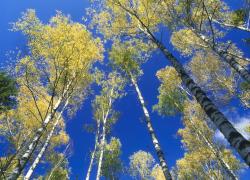 fot. Paweł Fabijański
fot. Paweł Fabijański
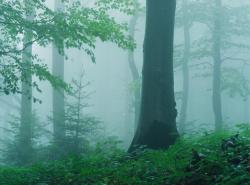 fot. Paweł Fabijański
fot. Paweł Fabijański
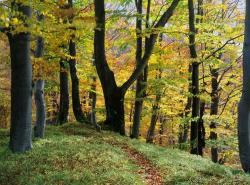 fot. Paweł Fabijański
fot. Paweł Fabijański
